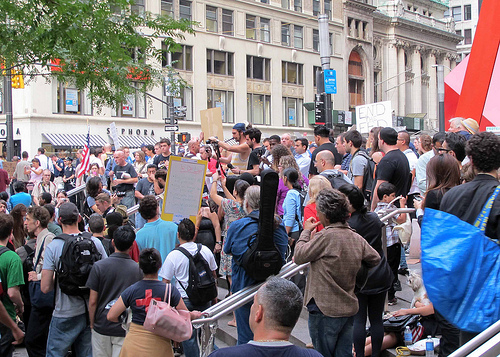Syria 1st-Hand: On the Ground in Zabadani --- "We are All Prepared to Die" (Kouddous)
Claimed footage, posted Saturday, of a regime tank destroyed in Zabadani
Seventeen months after the Syrian revolution began, the people living in this town have grown grimly accustomed to a daily routine of indiscriminate violence, of shelling from afar.
Unlike the raging street battles in the nearby capital or in Aleppo to the north, the armed struggle for strategic control of this town of 40,000 people has effectively reached a stalemate. The town is, by and large, controlled by residents and fighters with the Free Syrian Army --- which in Zabadani are made up almost entirely of local volunteers and defecting soldiers hailing from the area.
“Zabadani is largely ours, we control it,” says Khaled al-Tinnawi, a 65-year-old influential town elder. “Yes, they shell us but if they try and come in they know we are all prepared to die.”

 Monday, August 20, 2012 at 9:39
Monday, August 20, 2012 at 9:39






